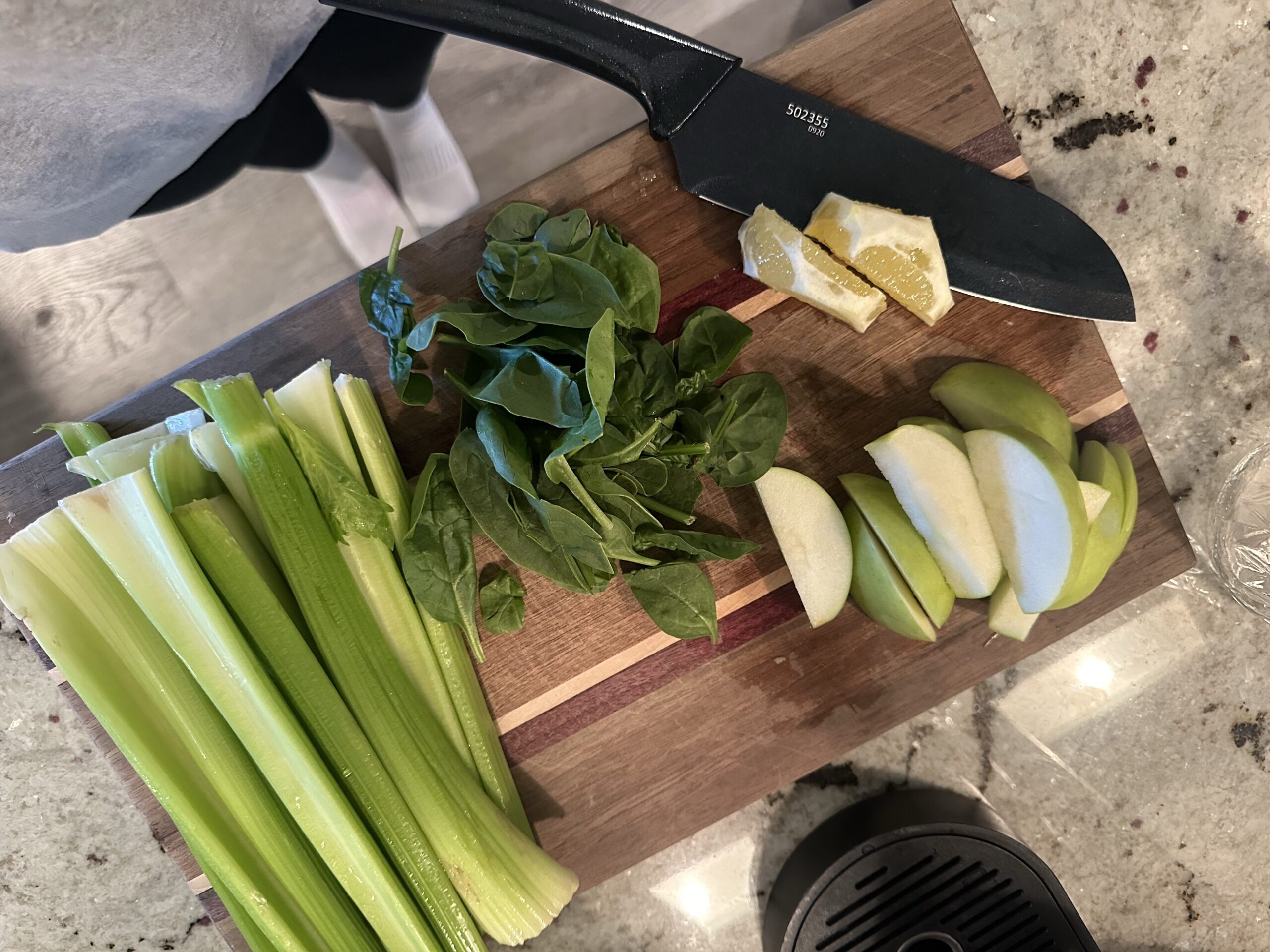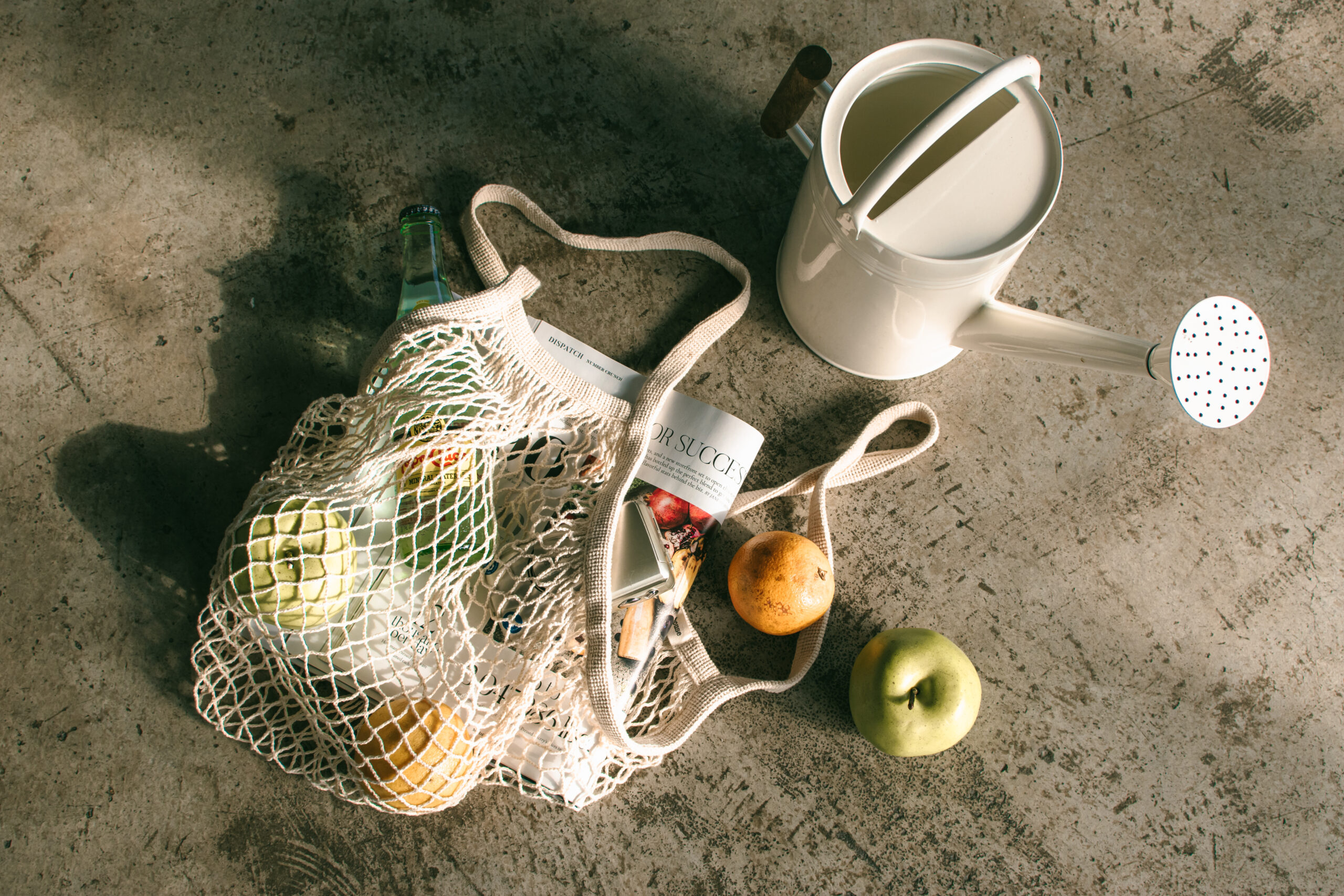- Wellness culture is the fallacy that the pursuit of wellness equates to morality or ‘goodness’. That the pursuit of certain wellness behaviors and body types is better than others. The wellness industry is a multi-trillion dollar – YES TRILLION – industry and growing every day.
- Wellness culture is incredibly appealing. It preaches self-care, empowerment, healing–but who’s really benefiting from the $20 smoothies and detox teas? Not the women who get duped into buying them.
- This article will discuss the rise of wellness culture, the wellness industry through a critical feminist lens on how wellness ideals often reinforce harmful gender norms, stereotypes.
- As a former devotee to all things clean girl wellness in my pursuit of health – I absolutely understand how women can get sucked into the trend. It’s fun, it’s sexy, it’s empowering (at first) and it makes you feel like you belong. But what happens when that pursuit of ‘wellness’ turns out to be anything but?

What Is Wellness Culture? Origins and Intentions
Wellness culture, at its core, was born from good intentions: a desire to reconnect with the body, prevent illness, and care for ourselves in a world that often asks us to burn out before we even get started. It includes everything from fitness and nutrition to mindfulness, spirituality, and self-help books—anything positioned as supporting “optimal” health.
But in the past two decades, it’s undergone a transformation. What once may have been rooted in community healing or ancestral practices has increasingly become a product pipeline: from green juice subscriptions to “clean” skincare lines to $150 adaptogen blends promising mental clarity and hormone balance.
This shift—from grassroots health to glossy consumerism—has made wellness both aspirational and exclusionary. It’s often sold through a white, wealthy, able-bodied lens that excludes many of the very people who could benefit most from accessible, compassionate health support.
Ask yourself: when did you first encounter the idea that you needed to do wellness? Was it a juice cleanse? A fitfluencer’s morning routine? An “eat like her” what-I-eat-in-a-day video that left you feeling more anxious than inspired?
The Myth of Empowerment: When “Self-Care” Becomes Self-Policing
Here’s the trap: wellness culture tells women we’re powerful, that we deserve care and rest and ritual. But then it subtly shifts that narrative into you’re responsible for fixing yourself, no matter what systems you’re up against.
It’s the wellness version of neoliberal feminism: all hustle, no safety net.
Instead of being a reprieve, self-care becomes another form of self-surveillance—tracking every macro, biohacking every hormone fluctuation, optimizing our mornings like we’re a brand instead of a body.
The illusion of empowerment masks the reality of pressure. You’re not just working a job and running a household—you’re also now expected to be your own nutritionist, personal trainer, therapist, and hormone expert. No wonder everyone’s exhausted.
And, unfortunately, most of the products and routines sold as ‘wellness’ are either a waste of money or downright dangerous for your actual health and wellness.
Perfectionism Disguised as Health: The Impact of Wellness on Women’s Mental Health
Let’s be honest: a lot of wellness advice reads like a perfectionist checklist.
Drink the celery juice. Meditate. Cold plunge. Walk 10,000 steps. Don’t eat gluten. Eat intuitively—but not too much. Avoid “toxins.” But also don’t be obsessive. Smile. Glow. Be #wellnessgoals.
It’s no surprise that this culture can fuel anxiety, disordered eating, and body dissatisfaction. Studies have shown a strong link between rigid health behaviors and increased risk of orthorexia, particularly among women.
And when we inevitably can’t keep up with the routine, the guilt creeps in. Not waking up at 5am to journal and dry brush? Must be a discipline problem. Not feeling your best despite doing “all the right things”? Clearly you’re not trying hard enough.
Wellness becomes the new thinness—an ever-shifting standard of worth that keeps moving the goalpost.
When Wellness Becomes a Full-Time Job: The Labor of Looking Healthy
Beyond the mental toll, let’s talk about the sheer labor of it all.
Meal prepping, cycling supplements, fine-tuning macros, planning workouts, doing elaborate skincare routines, booking wellness appointments—it adds up. Not just in time and money, but in energy and emotional bandwidth.
And it’s often invisible. This unpaid labor tends to fall disproportionately on women, especially those navigating motherhood, caregiving, or high-pressure careers.
Wellness demands time privilege, financial access, and mental space—all of which are deeply tied to race, class, and ability.
So ask yourself: who can afford to live “clean”? Who’s selling it? And who gets shamed when they can’t keep up?
How to Spot Toxic Wellness Advice Online
If you’ve ever scrolled wellness TikTok and felt worse afterward… that’s not an accident.
Here are some red flags that signal wellness content may be veering into toxic territory:
- Fear-based language: “If you eat seed oils, you’re poisoning yourself.”
- Moralizing food: “Clean” vs. “dirty,” “good” vs. “bad.”
- Overpromising: “Fix your hormones in 7 days.”
- Credential gaps: Influencers selling supplements with zero clinical background.
- Shame tactics: You’re lazy if you’re not cold plunging or fasting.
Instead, seek out people who educate, not just sell. Look for transparency, nuance, and actual science. A few favorites:
- Dr. Jessica Knurick (@drjessicaknurick/) for nutrition and the political arena
- Christy Harrison, MPH, RD (@chr1styharrison) for anti-diet deep dives
- Yours truly, (@briannatowne) for dismantling wellness culture while pursuing health
What Real Wellness Could Look Like: A Feminist Reframe
What if wellness wasn’t something you had to earn or perform?
A feminist vision of wellness centers rest, access, and bodily autonomy. It’s not about being perfect—it’s about being resourced. It asks: what would feel good for you, not what gets clout on Instagram.
Real wellness is:
- Accessible healthy food, walkable cities, affordable healthcare
- The boring basics of nutrition (that are evidence-based and actually work): a thoughtful balance of carbs, fat, protein, fiber, flavor, and joy
- Social connections, community, friendships that exist outside of your iPhone
- Equitable pay, bodily autonomy, policies that reflect science and evidence and support folks from all backgrounds and walks of life
It’s rooted in equity and collective care—not individualized optimization. It recognizes that rest is resistance. That health is political. That joy matters just as much as discipline.
Movements like The Nap Ministry and advocates like Tracy G. and Sonya Renee Taylor are reshaping what wellness can mean—especially for Black women and other marginalized folks.
Toxic Wellness FAQs
Is it possible to engage in wellness without falling into toxic patterns?
Yes—but it requires constant self-inquiry. Ask: Am I doing this because it feels good or because I feel like I should? Is this expanding my life—or shrinking it?
Can wellness ever be feminist?
Absolutely—if it’s rooted in autonomy, access, and collective liberation, not aesthetics or self-blame. Feminist wellness makes space for all bodies, all abilities, and all ways of healing.
What’s the difference between self-care and self-optimization?
Self-care nourishes. It allows softness and fluctuation. Self-optimization demands. It’s rigid, relentless, and often shame-fueled. The difference is in intention—and how it makes you feel afterward.
Final Thoughts: Reclaiming Wellness on Your Own Terms
Wellness doesn’t need to be thrown out entirely—but it does need a serious audit.
It should serve your life—not control it. It should support your values—not hijack them. And it should feel like yours—not something sold back to you in the form of $80 powders and a morning routine checklist.
So if you’ve been feeling burned out by the very culture that promised to help you heal, you’re not crazy. You’re awake.
Reclaim your wellness. Redefine your worth. And start choosing practices that honor your full humanity—not just your discipline. Our 1×1 program helps you do just that. Click here to learn more!





Read the Comments +